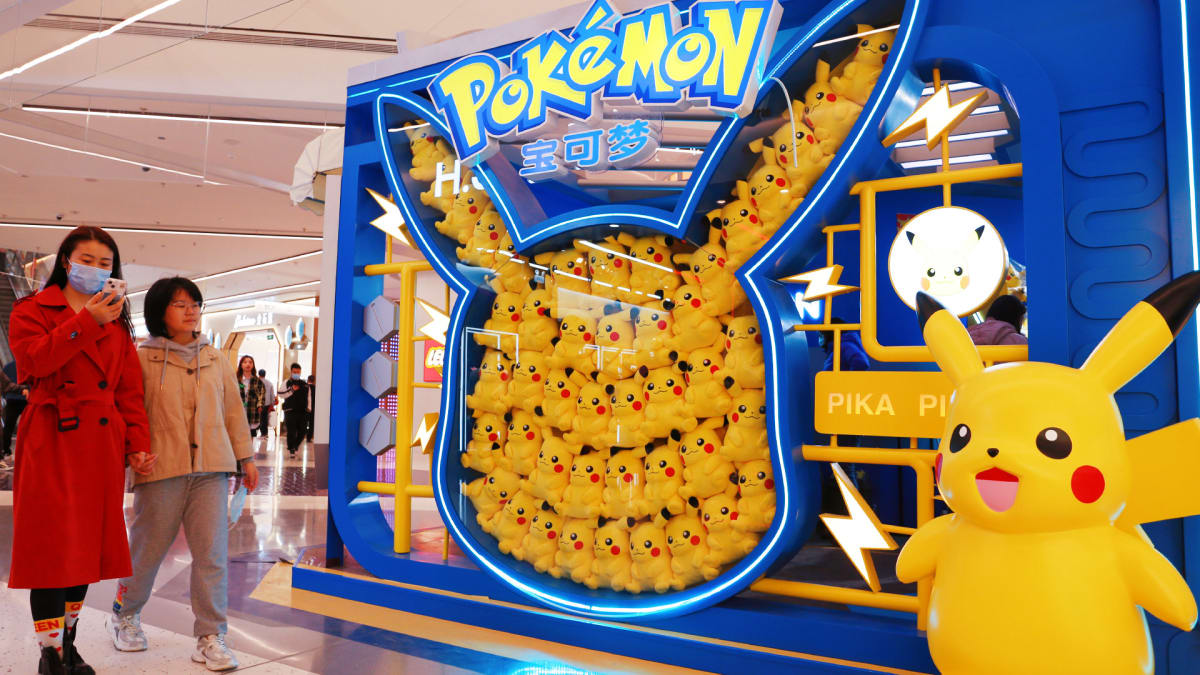
Americans spend plenty of time on smartphones, often playing video games or shopping.
Amazon Inc. (AMZN) wants consumers to do both at the same time. The e-commerce giant launched Amazon Anywhere, which allows users to directly purchase physical goods they see on video games or other mobile apps.
Amazon is rolling out the service on a pet-centric video game called Peridot, made by Niantic, the same Japanese developer that created the wildly successful "Pokemon Go." Players can purchase things like t-shirts, phone accessories, and throw pillows.
“We’re creating a new landscape for shoppable entertainment and digital experiences while continuing to meet our customers where they are, with the products they love,” the company said.
“There’s a sense of excitement in discovering unique and relevant items within the game that you can get delivered right to your door.”

Gamefication experiments
Retailers have long been experimenting on how to move beyond traditional advertising and directly interact with consumers immersed in social media and the digital world in general.
Many of those efforts have centered on branding. For example, in 2011, Best Buy (BBY) partnered with San Francisco video game developer Zynga in which players on "Cityville" could build Best Buy stores in their virtual cities. They could collect items like a smartphone, camera or refrigerator, which would earn them points, energy boosts, game coins and even Geek Squad vehicles that roam the city.
But the initiative was experimental and Best Buy never delved into the Holy Grail of such gamefication, which is getting consumers to buy real stuff.
In 2013, Target Corporation (TGT) tried something very creative yet highly complicated.
Targeting back-to-school shoppers, the retailer hosted “Bullseye University,” in which it live streamed five YouTube influencers interacting with Target products in makeshift dorm rooms. By scrolling over each room on BullseyeUniversity.com, viewers could also activate pop-up boxes that give information about the merchandise and links to purchasing them on Target.com.
Very Hard to Sell Stuff
The two examples demonstrate the difficulty of linking commerce with digital experiences.
First, selling products can’t distract from the authenticity of the game. People play video games primarily… to play video games, not to shop. That’s why companies have primarily stuck to selling digital assets directly related to the game like characters, weapons, or magical spells.
Second, even if players wanted to buy stuff, retailers would have to make it as easy as possible. With Target’s Bullseye University, users would need to complete multiple steps before they could complete a transaction.
Amazon Anywhere seems to have solved that problem by linking user accounts directly to the game. So players would just have to tap the “buy” button and check out without leaving the game.
“Most shopping in virtual worlds is currently limited to purchases of virtual currency and in-game digital items, with no easy path to purchase physical products,” Amazon said. “We want to change that.”







